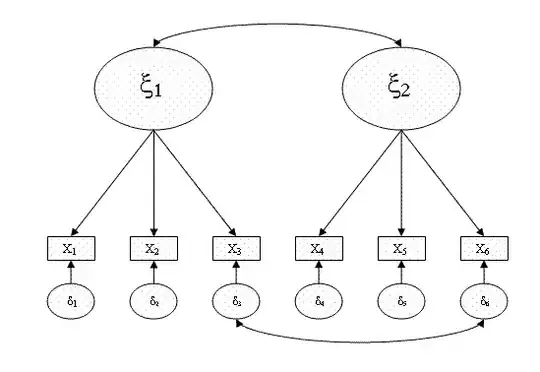Latent variables refer to variables that cannot be directly observed. These variable are defined in terms of observable variables. In narrow sense, "latent variable" is seen/modeled as what generates the observed variables in an implied data generation process. Also called hidden or lurking variables.
Common applications using latent variable models:
- Hidden Markov models
- Factor analysis
- Principal component analysis
- Partial least squares regression
- Latent semantic analysis and Probabilistic latent semantic analysis
- EM algorithms
Bayesian methods include:
- Latent Dirichlet Allocation
- The Chinese Restaurant Process is often used to provide a prior distribution over assignments of objects to latent categories.
- The Indian buffet process
In graphical models, latent variables are represented by ovals/circles and observed values are represented by squares/rectangles:
